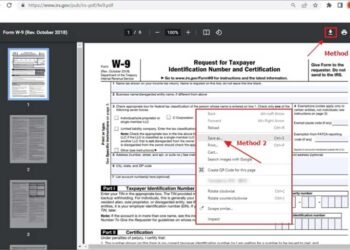Moving to a new area can be an exciting adventure, offering the opportunity for a fresh start and new experiences. However, it can also be a complex and challenging process. Proper planning and organization are essential to ensure a smooth transition. Here’s a comprehensive guide on how to plan a move to a new area:
Research Your New Area
Research is crucial when moving to a new area. Gather information about the community, housing options, schools, healthcare facilities, job opportunities, and local amenities. Online resources, social media groups, and real estate websites can provide valuable insights.
If possible, visit the new area before making a final decision. This allows you to explore neighborhoods, meet potential neighbors, and get a feel for the community. It’s also an opportunity to assess the suitability of the location for your lifestyle and needs.
Secure Housing
When you are happy with a location, you can start to narrow down housing options. This can be a bit difficult when you live far away, but there are options out there for you. For instance, if you plan to move your family to Clinton Hill and want to check out properties for yourself in person, you could check out Clinton Hill rooms for rent and lease a room for three months to see you through while you hunt for housing. By already being in the area, you can ensure your new housing is ready before your move-in date to make it effortless for your family. Complete necessary paperwork, inspections, and payments well in advance. Having a secure place to live temporarily is essential for a smooth transition regarding the big move.
Create a Moving Timeline
Develop a detailed timeline for your move, starting several months in advance. Include milestones such as finding a new home, sorting and packing belongings, notifying relevant parties (e.g., schools, utilities), and setting your moving date. Staying organized will reduce stress as the move approaches.
Hire Professional Movers
With housing secured and a move-in date finalized, research and hire reputable moving companies. Get multiple quotes, check reviews, and ensure they have the necessary licenses and insurance. Booking early ensures you have your desired moving date and a better chance of securing a competitive rate.
Declutter and Downsize
Go through your belongings and decide what to keep, donate, sell, or discard. Reducing your possessions can save money on moving costs and make settling into your new space more manageable.
Plan Packing Strategically
Begin packing non-essential items early and pack room by room. Label boxes clearly with their contents and the room they belong to. Consider creating an inventory list to keep track of your items. Pack essentials separately and keep them easily accessible.
Prepare for the Journey
If you’re moving a long distance, plan your travel logistics, including transportation and accommodations for all involved. If you’re driving, ensure your vehicle is in good condition for the trip.
Pack an Essentials Box
Prepare an essentials box containing items you’ll need immediately upon arrival. This could include toiletries, medications, important documents, snacks, and a change of clothes. For children, this could be their favorite toys.
Safety and Security
Prioritize safety and security in your new area. Install or update locks and security systems, change the locks on your new home, and familiarize yourself with emergency contacts and resources in the area.












